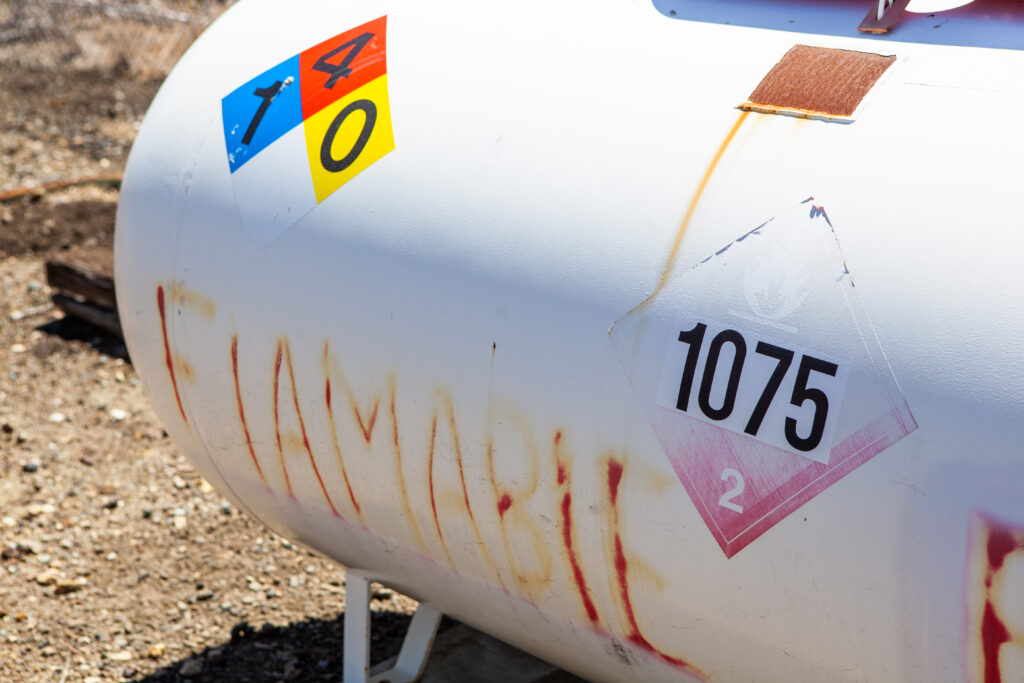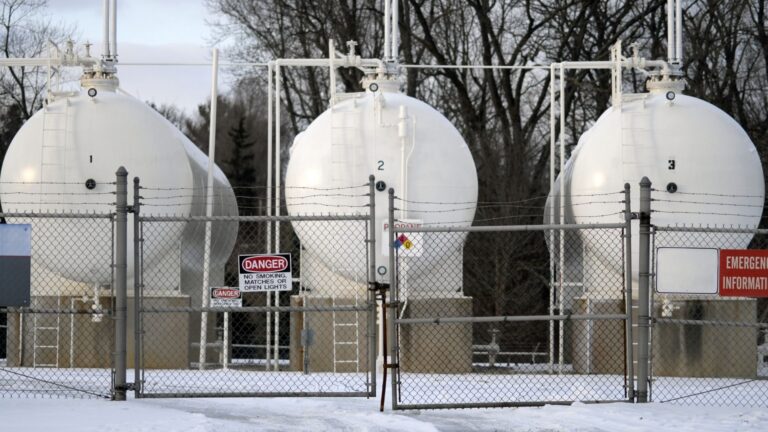The NFPA 704, commonly referred to as the “Standard System for the Identification of the Hazards of Materials for Emergency Response,” establishes a widely recognized method for identifying hazardous materials.
Developed by the National Fire Protection Association, the NFPA Fire Diamond serves as a critical tool for emergency responders. The diamond-shaped symbol is divided into four color-coded sections, each representing a different type of hazard: health (blue), flammability (red), reactivity (yellow), and specific hazards (white).
Purpose of the NFPA Diamond
The NFPA 704 system helps emergency responders and safety personnel quickly assess the risks associated with materials. It supports planning for fire and emergency operations and ensures personnel are aware of potential hazards to avoid harm.
That’s why it’s necessary to understand the NFPA hazard diamond for ensuring the safe handling of hazardous materials and for planning emergency responses effectively.
How to Read Hazard Diamond Colors?
The NFPA hazard diamond provides important information for identifying the risks associated with hazardous materials. These diamonds can be found on trucks, chemical containers, and tanks, signaling key dangers to emergency responders and workers.
The diamond is divided into four colored sections, each representing a specific type of hazard: health, flammability, instability, and special hazards.
Here’s how to read each section:
Red: Flammability (Top)
This section rates a material’s susceptibility to catching fire. The scale ranges from 0 to 4, with lower numbers indicating safer materials:
- 0: Will not burn.
- 1: Must be preheated to burn, with a flash point above 200°F.
- 2: Ignites with moderate heating, a flash point below 200°F.
- 3: Ignites at ambient temperatures, a flashpoint below 100°F.
- 4: Vaporizes and burns readily at ambient temperatures, with a flash point below 73°F.
Yellow: Instability (Right)
The yellow section denotes a material’s reactivity and instability under various conditions such as heat or pressure. This is also rated from 0 to 4:
- 0: Stable, even under fire conditions.
- 1: Unstable at elevated temperatures or pressures.
- 2: Undergoes violent chemical changes at high temperatures or pressures.
- 3: May explode when exposed to shock, heat, or pressure.
- 4: Can detonate or explode under normal conditions or in contact with water.
Blue: Health Hazards (Left)
This section indicates the potential health risks posed by exposure to the material. The scale is also from 0 to 4 to help assess the severity:
- 0: No health hazard.
- 1: Slightly hazardous, may cause irritation.
- 2: Hazardous, could cause temporary incapacitation or injury.
- 3: Severe health risks, can cause serious or permanent injury.
- 4: Deadly upon exposure.
White: Special Hazards (Bottom)
The white section is reserved for special hazards that may require additional precautions. There are approved symbols for these hazards:
- OX: Oxidizer.
- W (with a line through it): Reacts dangerously with water.
- SA: Simple asphyxiant gas.
Additionally, these non-standard symbols may be used depending on local codes:
- ACID: Acidic material.
- ALK: Alkaline material.
- COR: Corrosive.
- ☢: Radiation hazard.
Where to Post NFPA Diamonds?

The NFPA hazard diamond is an important element of any organization’s disaster planning protocol, particularly for buildings that store hazardous materials.
Properly displaying these fire diamonds ensures that emergency responders can quickly assess dangerous situations and make informed decisions, reducing the risk of deadly errors.
Here are the best practices for posting NFPA diamonds:
- Follow Regulatory Guidelines
Always adhere to local, state, or federal regulations for labeling hazardous materials. Placards should be positioned according to the requirements of NFPA 704, which details the proper use of these labels.
- Strategic Placement of Placards
NFPA diamonds must be posted wherever emergency responders are likely to enter the building. Typically, this means displaying placards on at least two exterior walls, on doors leading to storage areas, and at the main access points to exterior storage areas.
In buildings with multiple entry points, ensure that placards are visible at all possible entrances.
- Visibility and Legibility
Make sure that fire diamonds are large enough to be easily seen and read from a distance.
The NFPA 704 standard outlines size and distance requirements in Chapter 9, which ensures that vital information is legible from the necessary vantage points.
- Label Individual Containers or Tanks
In addition to exterior placards, individual drums or tanks that hold hazardous materials should be labeled according to local regulations. This provides an added layer of safety and information for first responders.




